
The European Union (EU) and the Italian government this month sealed a deal that probably represents the last best chance for Italy’s beleaguered Banca Monte dei Paschi di Siena bank to survive.
The once third-largest lender in Italy has spent the last six years in a tailspin, with mounting losses, a growing list of non-performing loans, corruption, and eroding market share.
European and Italian officials have come to terms that will pump 8.8 billion euros (9.9 billion U.S. dollars) into the troubled institution.
But the help will come at a cost: Monte dei Paschi di Siena will be forced to slash expenses, cut staff, close branch offices, and cap compensation for top executives. The Italian state will take a major stake in the bank, which was the worst performing large bank in Europe-wide financial sector stress tests last year.
The salary cap for executives will be particularly painful: it limits management to salaries no more than ten times larger than the salary of the average bank employee.
According to the Italian media, that would reduce the 1.8-million-euro (2 million U.S. dollars) annual salary of chief executive Marco Morelli by two-thirds.
Founded in 1472, Monte dei Paschi di Siena is the world’s oldest continually operating bank, and for most of its history it was a robust institution.
In recent decades, it had become one of the most important employers in the Tuscan city of Siena, its home base, and was known as a generous sponsor of cultural events, including the city’s iconic “Palio di Siena” horse race.
But an ill-advised purchase of rival bank Banca Antonveneta in 2008, when the worldwide economic crisis that hit the small- and medium-sized businesses Monte dei Paschi di Siena worked with, and falling prices in the Italian housing market were among the factors that sent Monte dei Paschi di Siena into a downward spiral.
“The last time Monte dei Paschi di Siena had strong financial results was way back in 2011,” Tommaso di Tanno, a former chair of the Board of Statutory Auditors for Monte dei Paschi di Siena, now a tax law expert at Milan’s Bocconi University, told Xinhua.
The 8.8-billion-euro capital increase should help pull the troubled bank from the brink, di Tanno said. “If they can’t survive with a capital increase of this size then they will never make it,” he said.
But that does not mean the bank is out of the woods, according to Ruggero Bertelli, a banking professor at the University of Siena.
“The bank still has to be declared healthy by Euroepan regulators,” Bertelli said in an interview. “That means improving its portfolio, balancing its accounts and doing it over time. It’s more likely to be a process of years than it is to be one of months.”
But Monte dei Paschi di Siena also has some factors in its favor, according to di Tanno. “The biggest factor is that the issues that caused Monte dei Paschi’s problems at the start are no longer relevant,” he said.
Monte dei Paschi di Siena has slipped from its perch as Italy’s third largest bank to number four or five, depending on how that is calculated. For his part, di Tanno said he thinks Monte dei Paschi di Siena will eventually settle in as Italy’s “fifth or sixth” largest bank.
But Bertelli was less optimistic. “Of course, nobody can know the future but I can imagine that once it is healthy, Monte dei Paschi di Siena will end up being a takeover target for a larger rival,” he said. Enditem
Source: Xinhua/NewsGhana.com.gh
Read Full Story
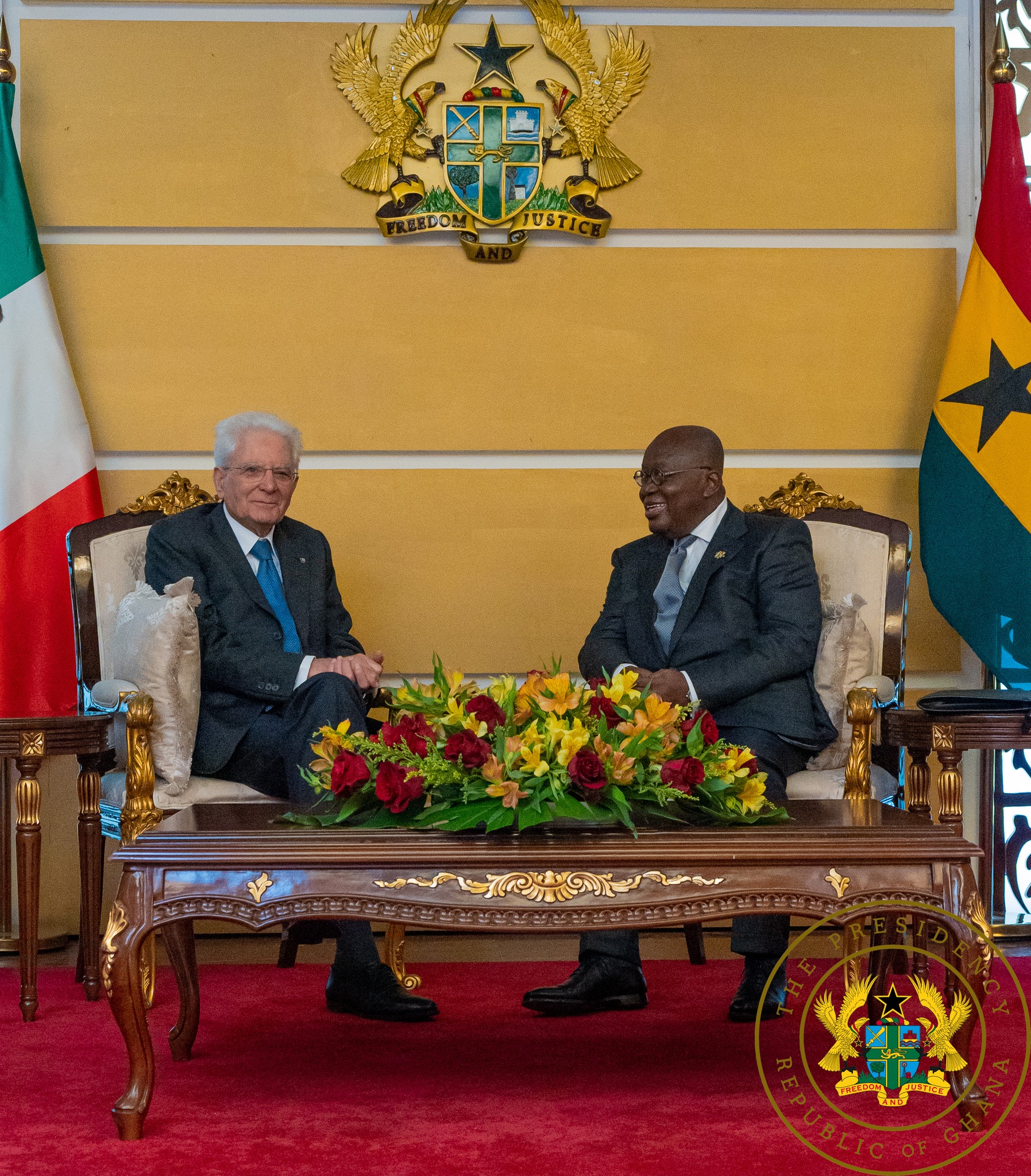
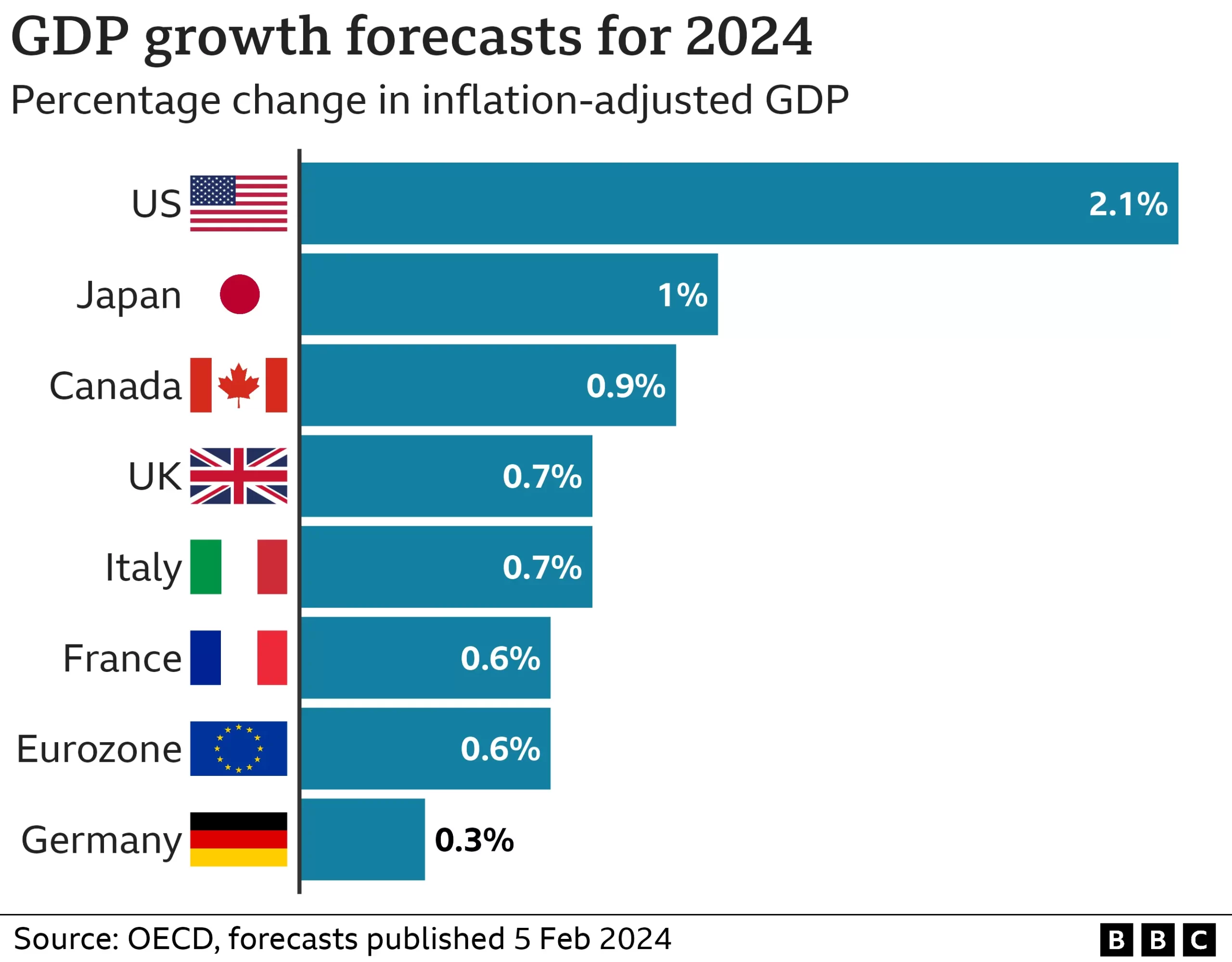

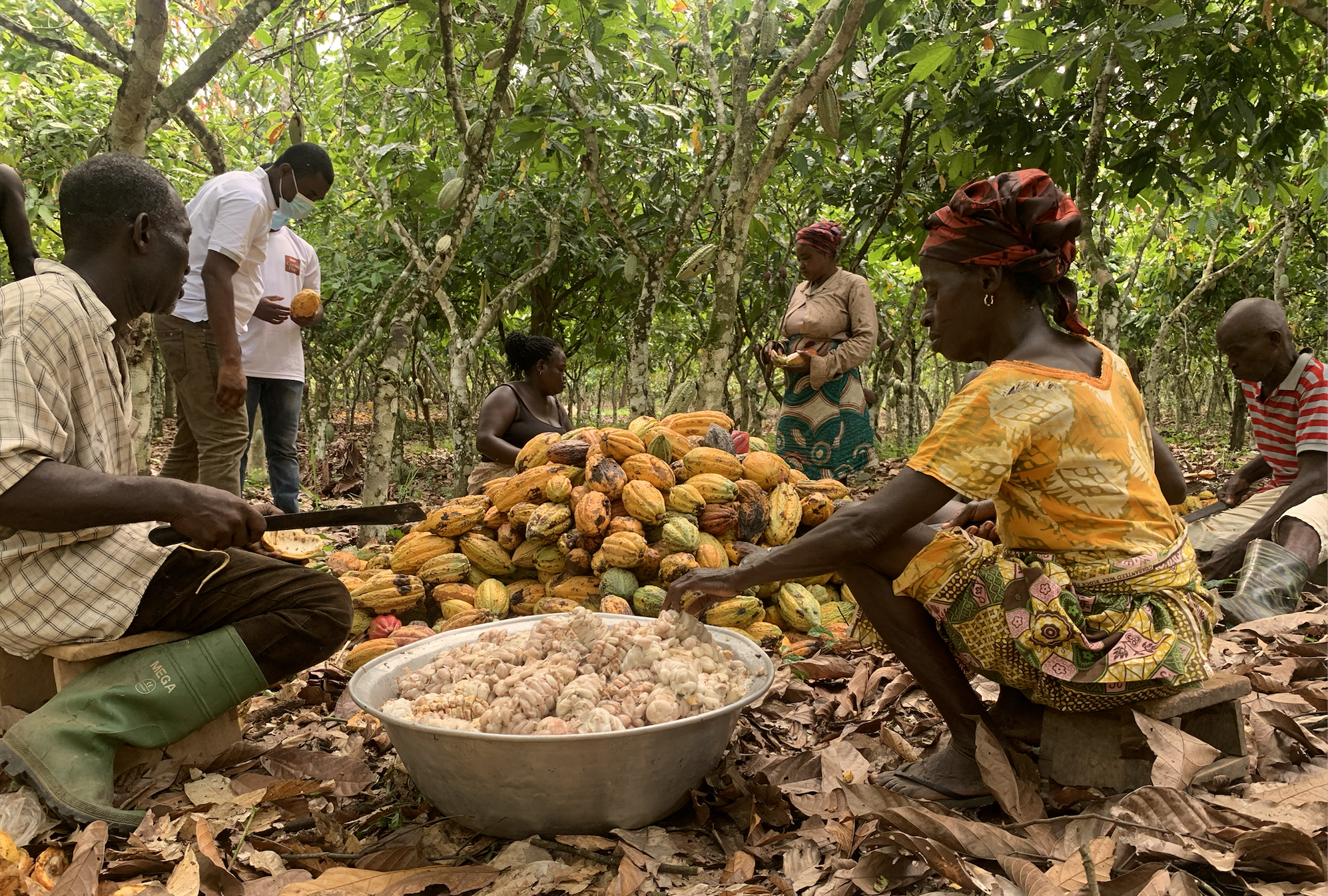








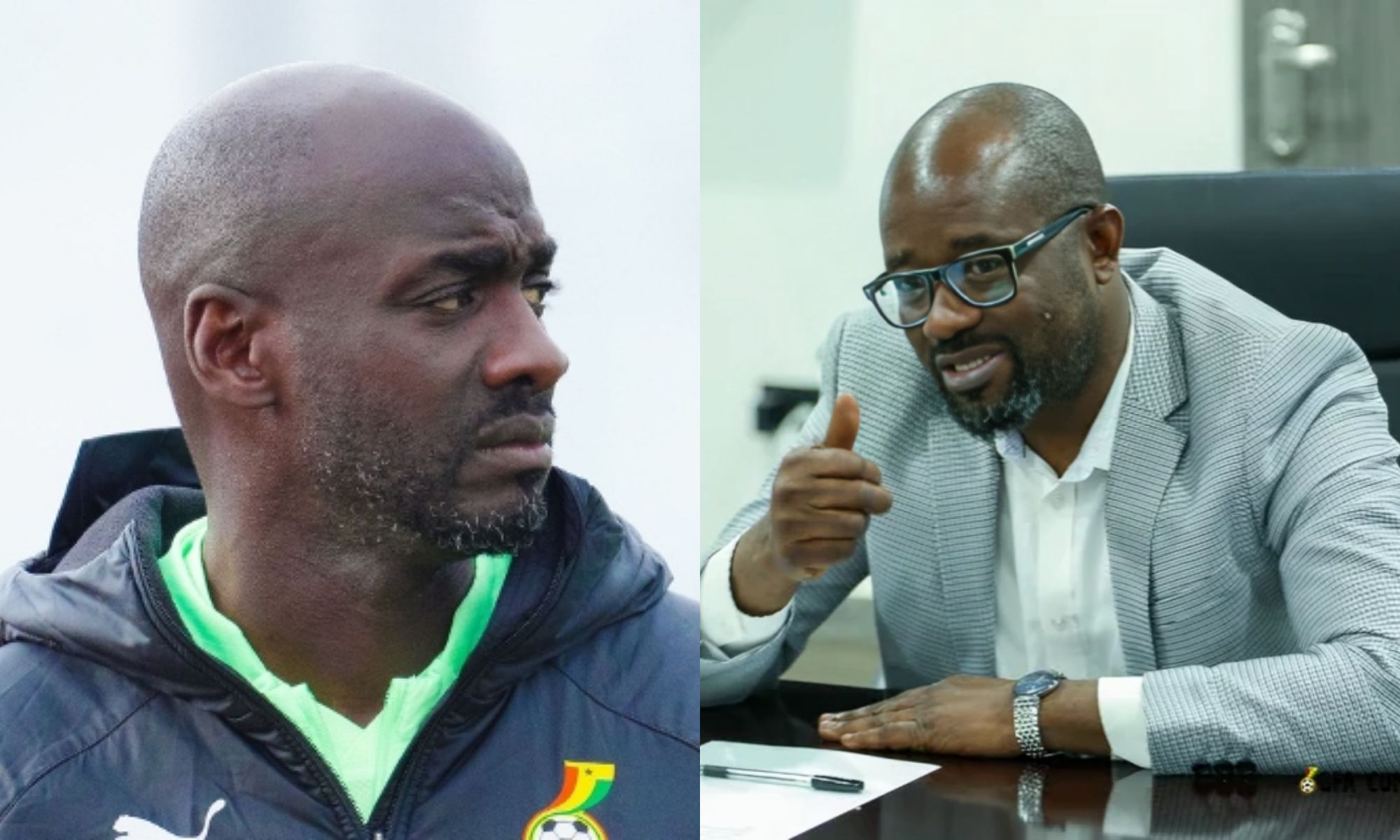
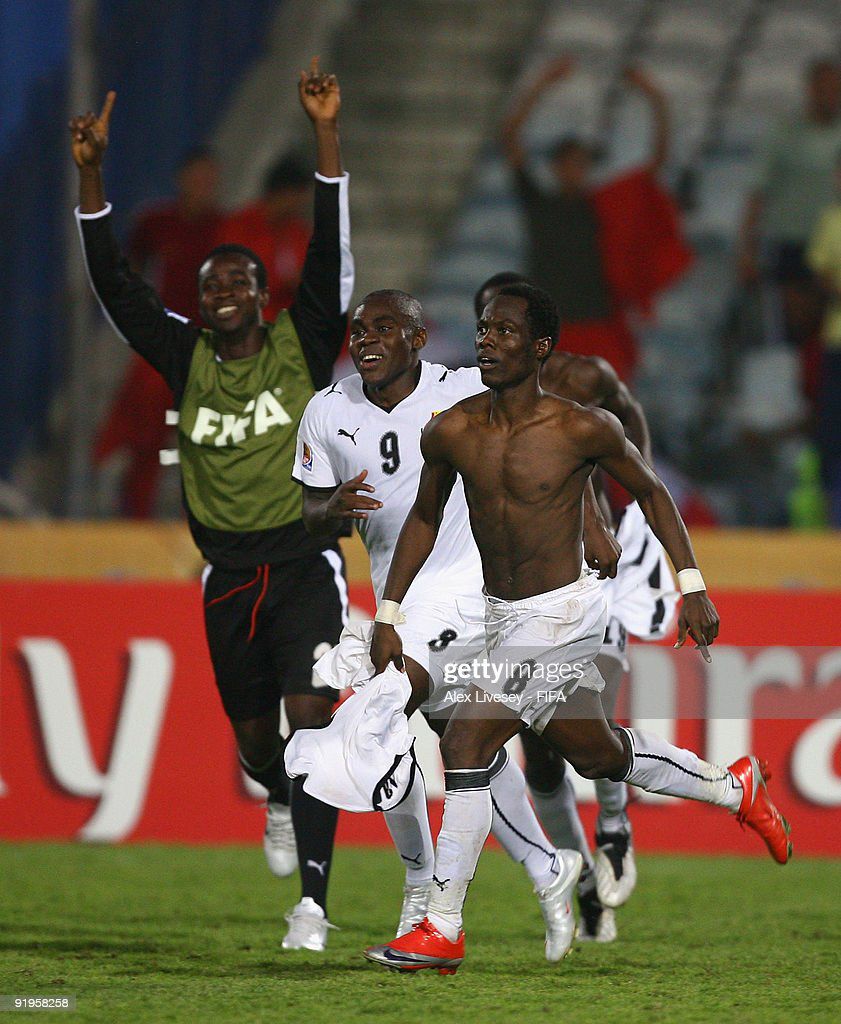

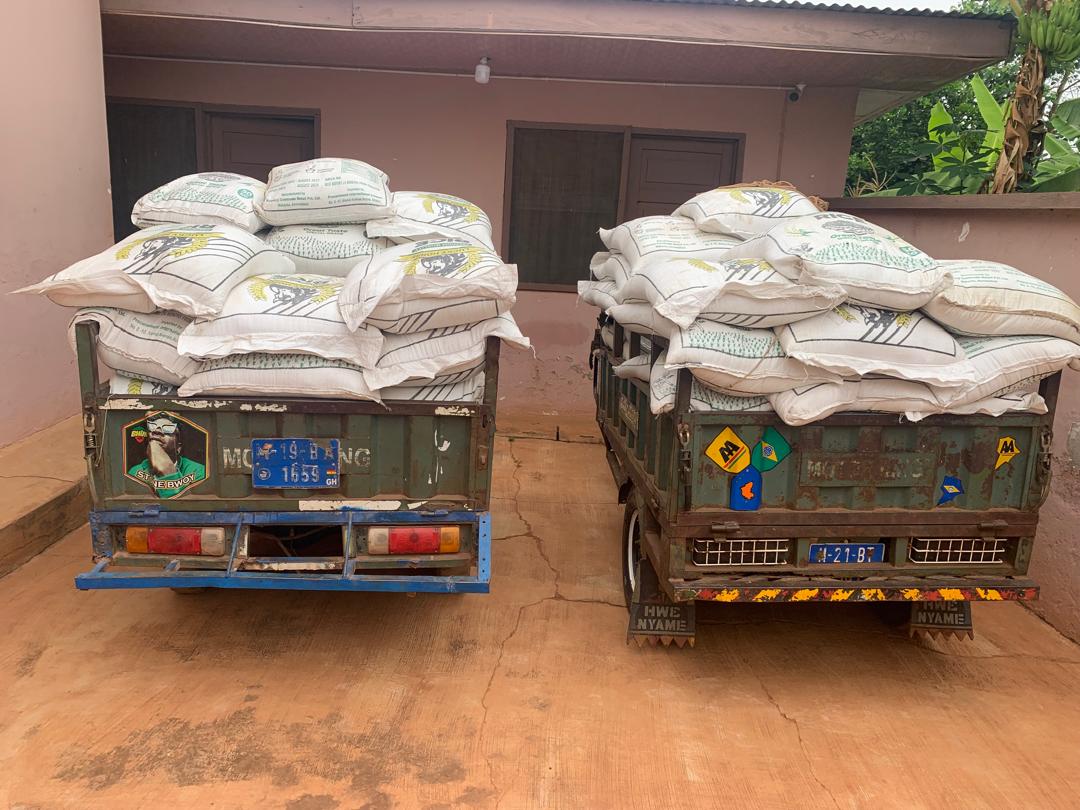

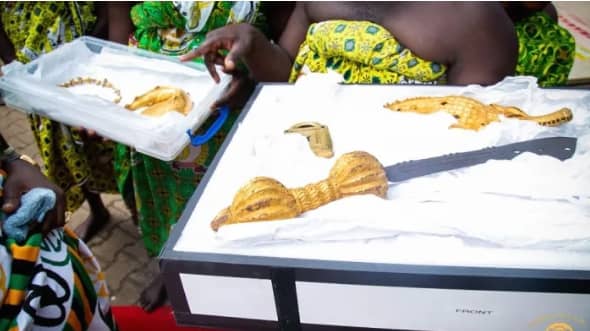

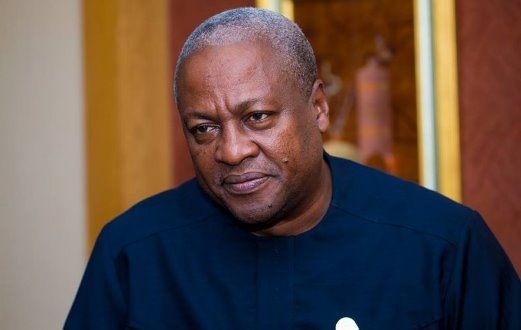
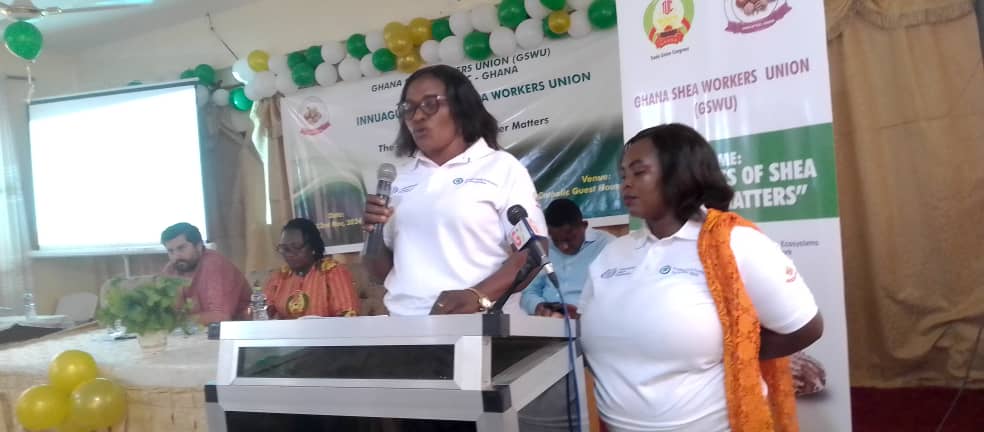
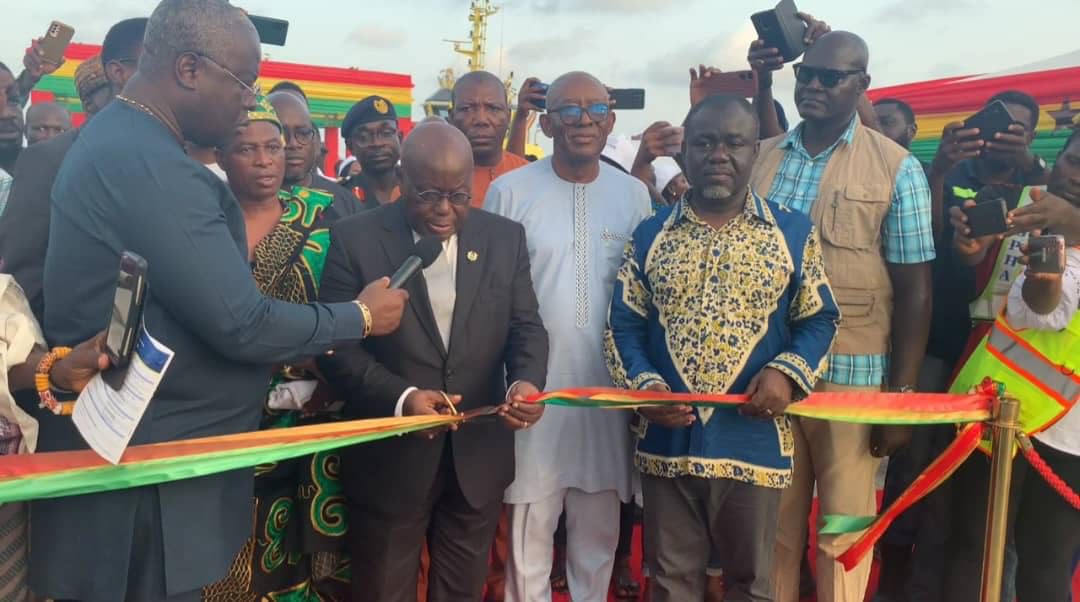
Facebook
Twitter
Pinterest
Instagram
Google+
YouTube
LinkedIn
RSS